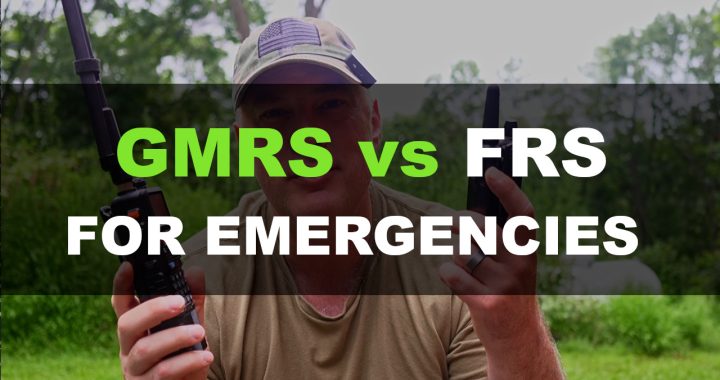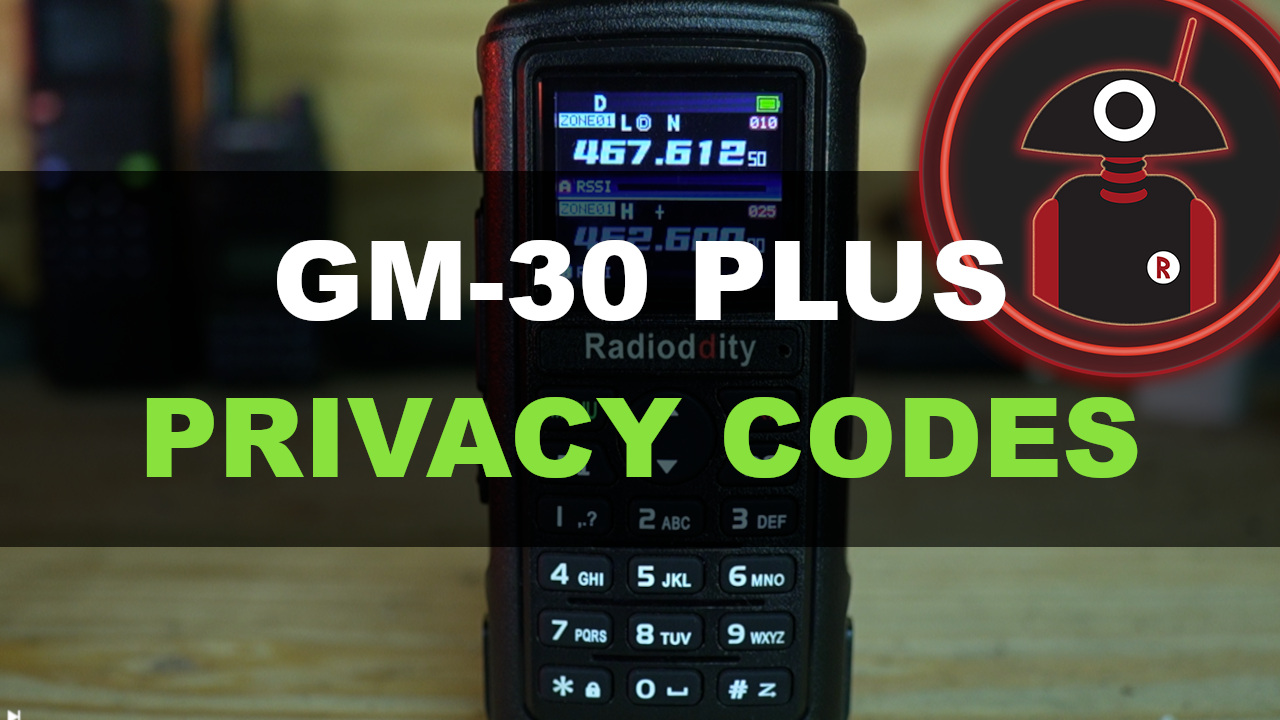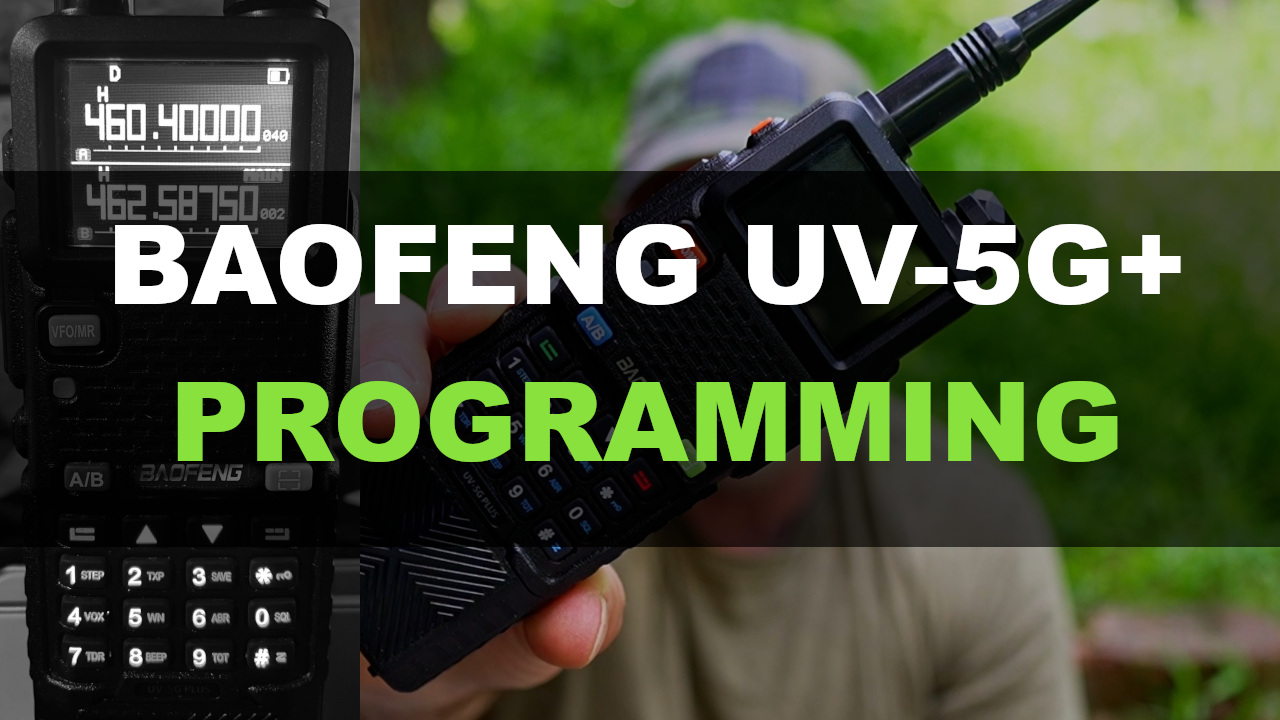FRS vs GMRS: What Preppers Need to Know
When disaster strikes, communication can mean the difference between chaos and coordination. Whether you’re hunkering down at home or moving across your property, having the right radio system is a must for any prepper. In this article, we’re diving into the differences between FRS (Family Radio Service) and GMRS (General Mobile Radio Service) radios, specifically through the lens of emergency preparedness.
Let’s break down what you need to know before buying your next radio.
Watch Here: https://www.youtube.com/watch?v=W4YiFPcgCVc
1. The Antenna, Fixed vs. Removable
One of the first key differences is the antenna.
- FRS radios come with a fixed antenna. You cannot detach or upgrade it.
- GMRS radios, like the Baofeng UV-5G Plus, have removable antennas, allowing you to upgrade to more powerful third-party antennas.
This isn’t just a design choice, it’s an FCC regulation. And for preppers, having the option to upgrade antennas can make a big difference in how far your signal reaches, especially in rugged terrain.
2. Power Output, Distance Matters
When it comes to transmission power, FRS radios are severely limited.
- FRS is capped at 2 watts, regardless of the channel.
- GMRS handhelds can go up to 5 watts, and GMRS mobile/base stations can reach up to 50 watts.
Both FRS and GMRS share the same frequencies and channels, but the power output is where GMRS starts to shine.
Real-World Example: With our Baofeng UV-5G Plus (5W GMRS), we consistently get about 3 miles of range in our mountainous, wooded area. In contrast, FRS radios can barely cover our 5-acre property.
If your emergency plan requires communication across your land or with neighbors nearby, this difference alone could make FRS a dealbreaker.
3. Repeater Support
FRS radios cannot use repeaters. That means you’re limited to direct line-of-sight communication, no bouncing your signal off a tower to reach the other side of a hill or town.
GMRS radios can use repeaters, which is a game-changer.
With our GMRS setup, I once connected to someone over 70 miles away using just a handheld radio and a local repeater mounted on a nearby mountain.
That kind of reach simply isn’t possible with FRS.
4. Licensing
Let’s talk about licensing, because this is often where people hesitate.
- FRS requires no license. You can buy the radios and start talking.
- GMRS requires a $35 license from the FCC, good for 10 years, and covers your entire family.
There’s no test, and you’ll get your call sign instantly via email. It’s painless, and honestly, for the expanded capabilities, it’s worth every penny if you’re serious about preparedness.
5. How to Tell Them Apart
Buying radios at a big box store? Here’s how to quickly spot the difference:
- FRS radios are smaller, often lacking a keypad.
- GMRS radios, like the Baofeng UV-5G Plus, often have a full keypad, programmable functions, and removable antennas.
- Always check the box. If it says “license required,” it’s a good sign you’re looking at a GMRS radio.
- Also, check the output wattage. If it’s 5 watts or higher, it’s not an FRS.
Final Thoughts, Which One Should Preppers Choose?
If you’re just playing paintball or chatting with the kids around camp, FRS may work.
But for serious emergency preparedness, GMRS is the clear winner:
- Better range
- Higher power
- Repeater access
- Expandable with mobile and base stations
The small hurdle of getting a license is minimal compared to the value and security GMRS brings to your communication plan.
Bottom line: FRS might get you to the end of the driveway, GMRS can get you across the valley.
Have questions? Drop them in the comments below or check out my YouTube channel for more deep dives into off-grid and emergency communication.
Until next time, stay safe and stay prepped.



